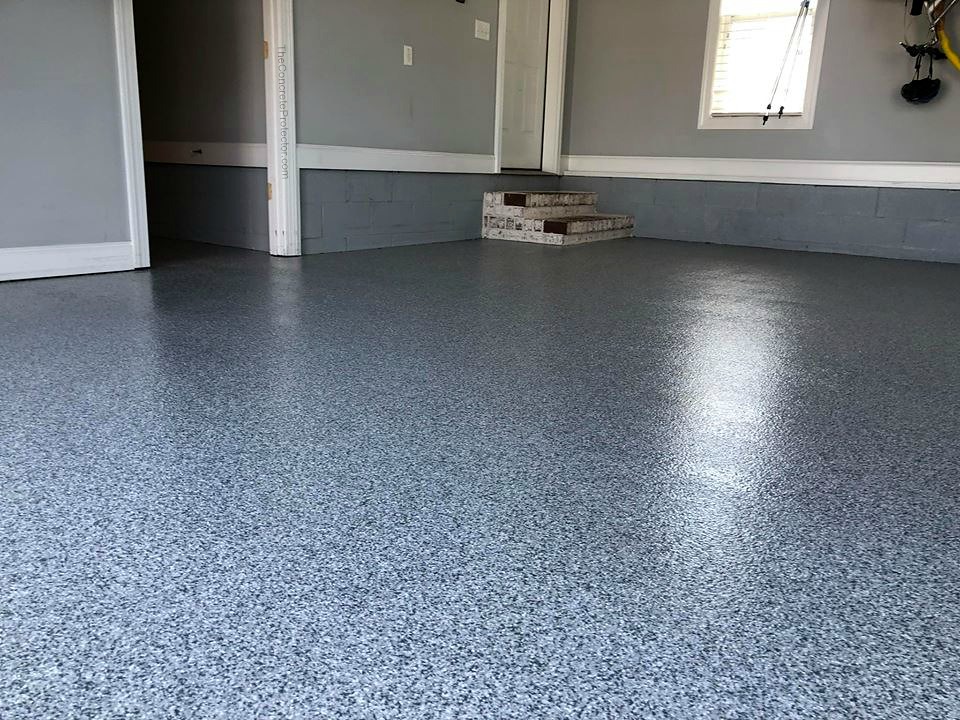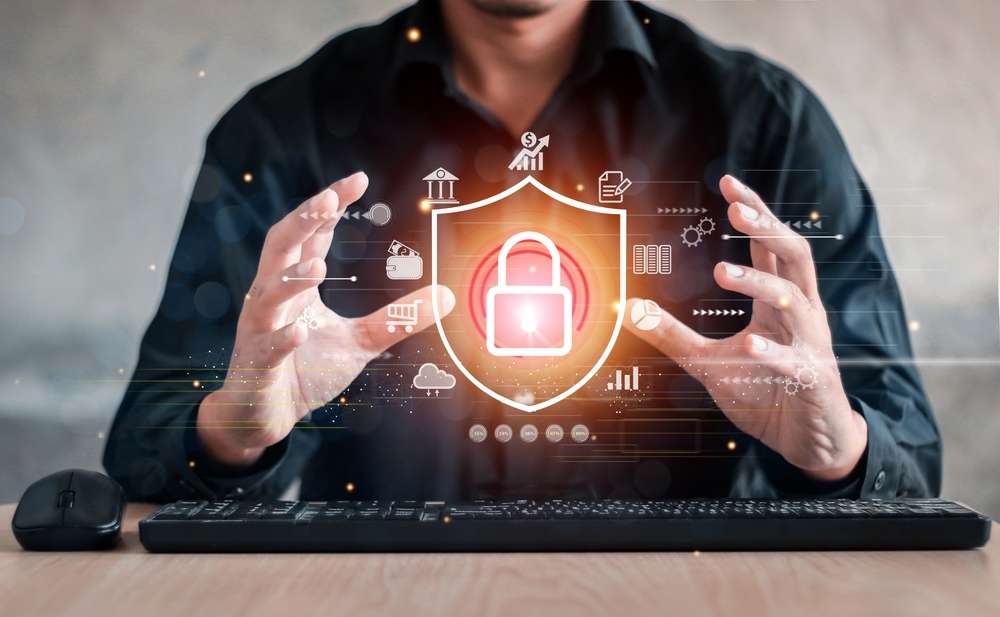Remote Device Management: Streamline Your Business Operations
Remote Device Management (RDM) has become essential for businesses managing multiple computers, servers, and devices across different locations. This technology allows IT professionals to monitor, control, and maintain devices without physical access, significantly reducing operational costs while improving efficiency. Whether you're running a small business or managing enterprise-level infrastructure, understanding RDM capabilities can transform how you handle technical support and system administration.

What is Remote Access Software?
Remote access software forms the foundation of effective device management by creating secure connections between administrators and target devices. This technology enables real-time control of computers, allowing technicians to troubleshoot problems, install updates, and perform maintenance tasks from anywhere with an internet connection. Modern remote access solutions offer features like file transfer, multi-monitor support, and session recording, making them indispensable tools for IT departments and managed service providers.
The software works by installing lightweight agents on target devices that communicate with central management consoles. These agents maintain persistent connections, enabling immediate access when issues arise. Advanced solutions also provide unattended access capabilities, allowing administrators to connect to devices even when users aren’t present.
Best Remote Access Software Features
Leading remote access solutions distinguish themselves through comprehensive feature sets that address diverse business needs. Screen sharing remains fundamental, but today’s best remote access software includes robust security protocols, including multi-factor authentication, end-to-end encryption, and granular access controls that protect sensitive data during remote sessions.
File transfer capabilities allow seamless movement of documents and software between local and remote systems. Chat functionality enables real-time communication between technicians and end users, while session recording provides documentation for compliance and training purposes. Mobile app support ensures administrators can respond to critical issues from smartphones and tablets, extending support capabilities beyond traditional desktop environments.
Computer Remote Access Software Implementation
Successful implementation of computer remote access software requires careful planning and consideration of network infrastructure. Organizations must evaluate bandwidth requirements, security policies, and user training needs before deployment. Most solutions offer centralized deployment tools that streamline installation across multiple devices, reducing the administrative burden on IT teams.
Configuration typically involves setting up user groups with appropriate permissions, establishing security protocols, and integrating with existing authentication systems like Active Directory. Network administrators should configure firewalls to allow necessary traffic while maintaining security standards. Regular testing ensures connections remain stable and performance meets organizational requirements.
Best Remote Access Software for Small Business
Small businesses require remote access solutions that balance functionality with affordability and ease of use. The best remote access software for small business environments offers scalable licensing models that grow with expanding operations while maintaining essential features like secure connections, cross-platform compatibility, and reliable performance.
Cost-effective solutions often include built-in remote monitoring and management tools, eliminating the need for separate software purchases. Integration capabilities with popular business applications ensure smooth workflows, while user-friendly interfaces minimize training requirements for staff members with varying technical expertise.
When evaluating remote access solutions, pricing varies significantly based on features, user count, and deployment models. Here’s a comparison of popular options:
| Software | Provider | Monthly Cost (Per User) | Key Features |
|---|---|---|---|
| TeamViewer Business | TeamViewer | $50.90 | Unlimited devices, mobile access, file transfer |
| LogMeIn Pro | GoTo | $30.00 | HD remote access, file sharing, remote printing |
| Chrome Remote Desktop | Free | Basic remote access, Chrome browser integration | |
| RemotePC | IDrive | $3.95 | Multiple monitors, file transfer, remote printing |
| AnyDesk Professional | AnyDesk | $10.99 | High-speed connections, whiteboard, session recording |
Prices, rates, or cost estimates mentioned in this article are based on the latest available information but may change over time. Independent research is advised before making financial decisions.
Security Considerations for Remote Device Management
Security remains paramount when implementing remote device management solutions. Organizations must establish comprehensive access policies that define who can connect to specific devices and under what circumstances. Regular security audits help identify potential vulnerabilities, while monitoring tools track all remote sessions for unusual activity.
Encryption protocols protect data transmitted during remote sessions, but administrators should also consider network segmentation to limit potential damage from compromised accounts. Multi-factor authentication adds an extra security layer, while session timeouts prevent unauthorized access to unattended connections. Regular software updates ensure security patches are applied promptly across all managed devices.
Remote Device Management represents a critical component of modern IT infrastructure, enabling efficient support delivery while reducing operational costs. By selecting appropriate remote access software and implementing proper security measures, organizations can maintain reliable device management capabilities that scale with business growth. Success depends on careful evaluation of features, costs, and security requirements to identify solutions that best match organizational needs and technical capabilities.




